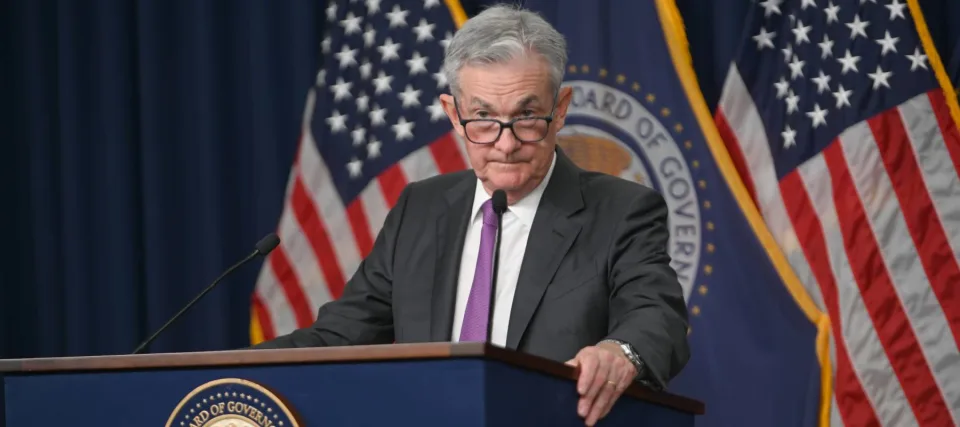The Federal Reserve’s latest interest rate hike may have brought benchmark borrowing costs to their highest level in over 22 years — but this doesn’t necessarily mean it will be the last.
Fed chair Jerome Powell told reporters in Washington on July 26 that he doesn’t see inflation slowing to 2% until around 2025.
Don’t miss
- Worried about the economy? Here are the best shock-proof assets for your portfolio. (They’re all outside of the stock market.)
- Commercial real estate has outperformed the S&P 500 over 25 years. Here’s how to diversify your portfolio without the headache of being a landlord
- Jeff Bezos and Oprah Winfrey invest in this asset to keep their wealth safe — you may want to do the same in 2023)
“The process of getting inflation back down to 2% has a long way to go,” Powell said.
Inflation is cooling — but not fast enough
After the consumer price index increased by 0.2% in June, America’s central bank raised the federal funds rate to a range of 5.25% to 5.5%.
While the current annual inflation rate now stands at 3.0% — a far cry from last June’s 9.1% — the Fed projects there’s still plenty of time before it hits the 2% mark.
Read more: Rich young Americans have lost confidence in the stock market — and are betting on these 3 assets instead. Get in now for strong long-term tailwinds
What this means for you
Consumers can expect rates on their credit cards and other variable-rate loans to potentially keep rising if the Fed decides another hike is on the horizon.
When the Fed holds its next meeting in September, Powell says they’ll be assessing economic activity and inflation data to determine whether to continue or hit pause on interest rate growth.
Will the Fed keep hiking rates until 2025?
You don’t need to worry about facing a prolonged series of hikes in order to reach the 2% target, according to Powell.
“If we see inflation coming down credibly, sustainably, then we don’t need to be at a restrictive level anymore,” he explained. “You’d stop raising long before you got to 2%.”

